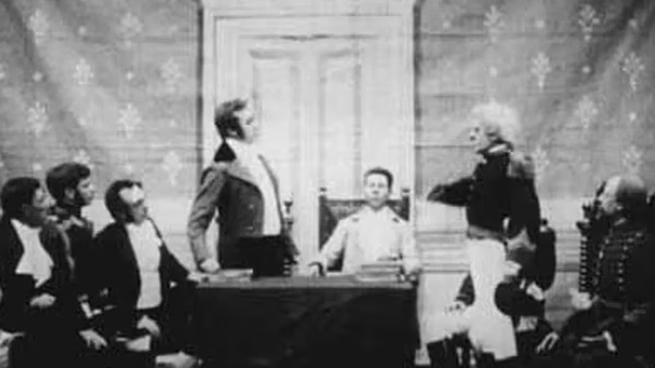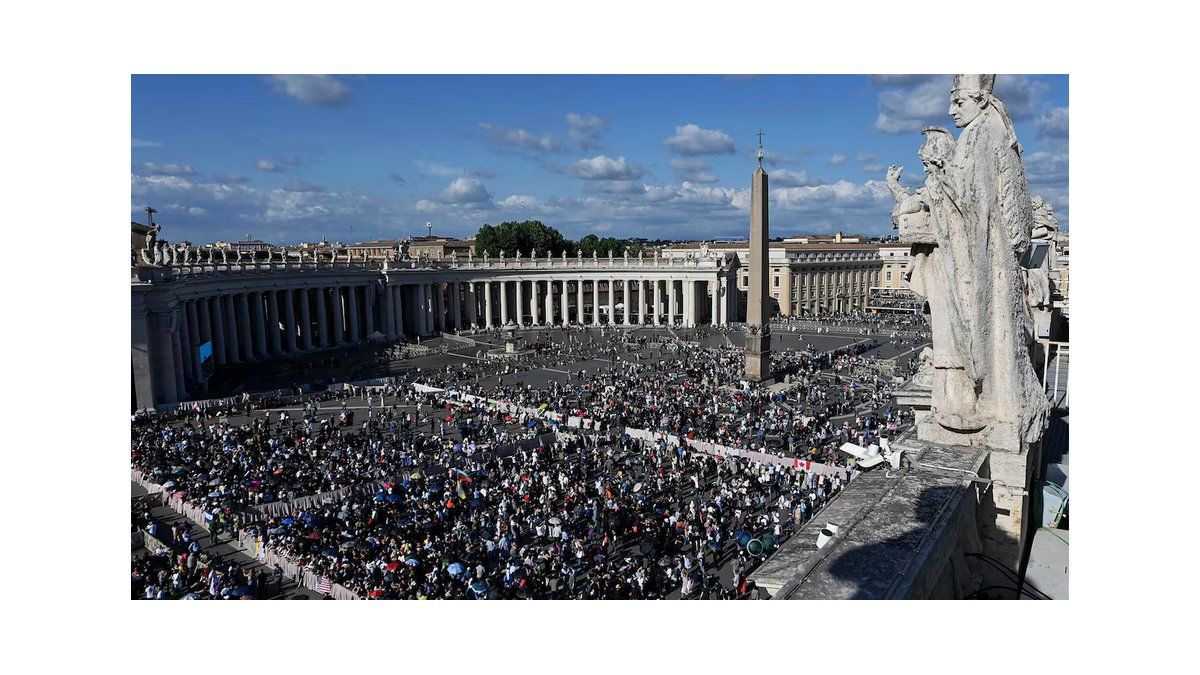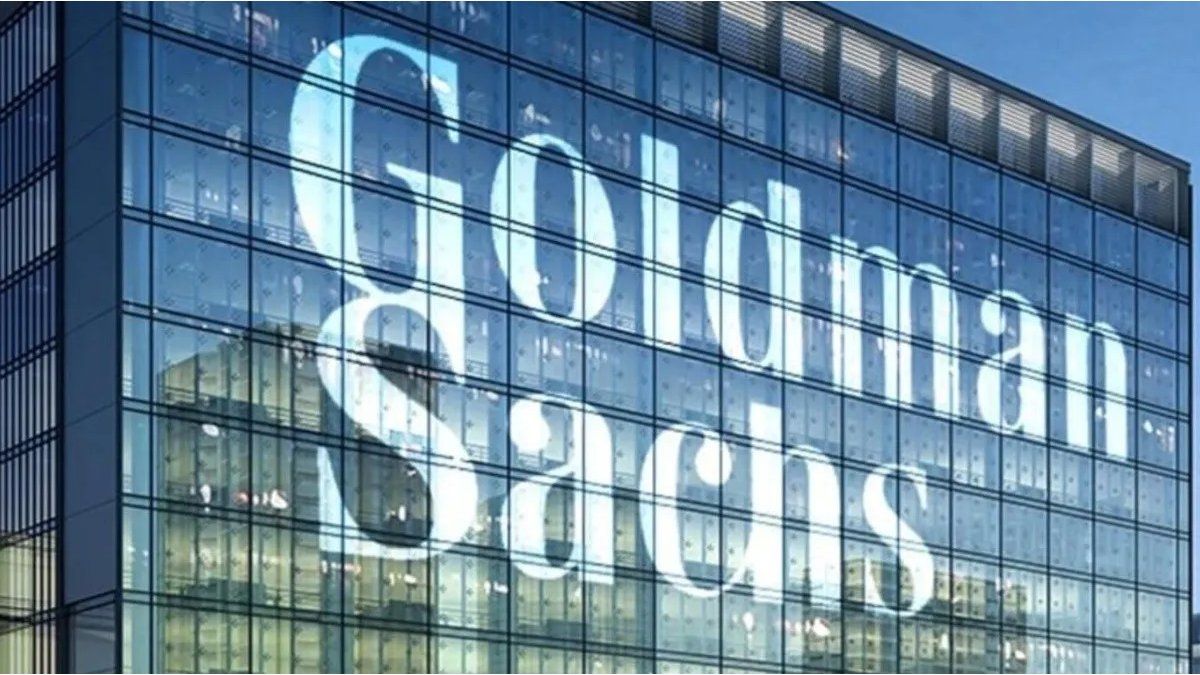Did you know about the existence of this anniversary? Find out why every May 23rd we commemorate our film production industry.
He Argentine Cinema has a long history of film production. Whether from the beginning of the 20th century or even today, there are feature films that last over time, such as “El Pañuelito de Clara” from 1919, or “El Secreto de sus ojos” in 2009. And it should be noted that despite the difficulties, and without its financing being a priority, it knew how to give us quality fiction from its beginnings to the present.
The content you want to access is exclusive to subscribers.
In 1930 what was known as the “Golden Age” began, more precisely in 1933 with the movie “Tango”. The sound film, and the importation of American comedy techniques and forms, gave rise to the appearance of great actors and actresses such as Libertad Lamarque, Tita Merello, Pepe Arias, Luis Sandrini and Niní Marshall. But it was not the only important decade. Always changing and with great productions, cinema knew how to occupy a main place in international art, positioning Argentina as one of the best producers of cinematographic fiction in Latin America.


The origin of National Film Day
This anniversary arises with the film “May revolution”the first plot film in our country, directed by Mario Gallo and premiered at the Ateneo Theater in Buenos Aires on May 23, 1909. As if that were not enough, this film describes the historical event that identifies us as a Nation, which makes it the most important identity fiction in our history.
It is true that before this, the author had directed Plazas y Paseos de Buenos Aires (1907) and El fusilamiento de Dorrego (1908), but they were short films, so they did not acquire the name of films themselves.
What the movie The May Revolution is about
It was a film starring the Uruguayan actor Eliseo Gutierrez, the Chilean-born César Fiaschi and the director himself. He focused on the administrative revolts of the revolutionary era, and in the first meeting of leaders in the house of the merchant Rodríguez. It also shows the distribution of the distinctive ribbons and the proclamation of the new government headed by Cornelio Saavedra.
A curiosity about the film is that the presence of General José de San Martín does not appear. It was filmed in 35mm format and in 2009 restored by Cinecolor Argentina to be re-released at the 65th Congress of the International Federation of Film Archives (FIAF). Gallo would become a pioneer of this national cinema with his films with historical themes.
Source: Ambito
I am an author and journalist who has worked in the entertainment industry for over a decade. I currently work as a news editor at a major news website, and my focus is on covering the latest trends in entertainment. I also write occasional pieces for other outlets, and have authored two books about the entertainment industry.




